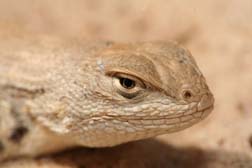 “Comptroller Susan Combs’ office, of course, knows doodly squat about lizards,” says a Houston Chronicle editorial on the dunes sagebrush lizard, federally listed as a threatened species. The problem is that the Texas state comptroller’s office is in charge of monitoring the lizard population to make sure the stipulations of a free-market habitat conservation plan are being obeyed.
“Comptroller Susan Combs’ office, of course, knows doodly squat about lizards,” says a Houston Chronicle editorial on the dunes sagebrush lizard, federally listed as a threatened species. The problem is that the Texas state comptroller’s office is in charge of monitoring the lizard population to make sure the stipulations of a free-market habitat conservation plan are being obeyed.
State law forbids the US Fish and Wildlife Service from so much as reviewing the state contractor’s paperwork, an August article in the Chronicle reported. Even stranger, the editorial reports, the comptroller’s office keeps the identities of the landowners participating in the habitat enhancement program a secret.
And of course, because this is Texas, the editorial mentions that independent oil producers are worried that the lobbyist group monitoring the lizards will favor large producers over the independents.
Read the whole editorial in the Houston Chronicle, here.
Read the news article about the lizard monitoring, in the Chronicle’s oil industry news section, here.
Photo: Dunes sagebrush lizard, courtesy USFWS

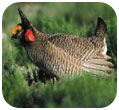 From a press release issued by the Oklahoma Department of Wildlife Conservation and the Kansas Biological Survey:
From a press release issued by the Oklahoma Department of Wildlife Conservation and the Kansas Biological Survey: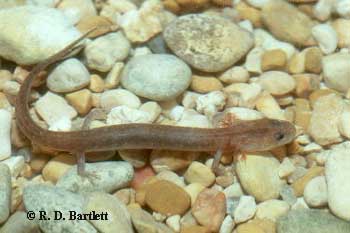
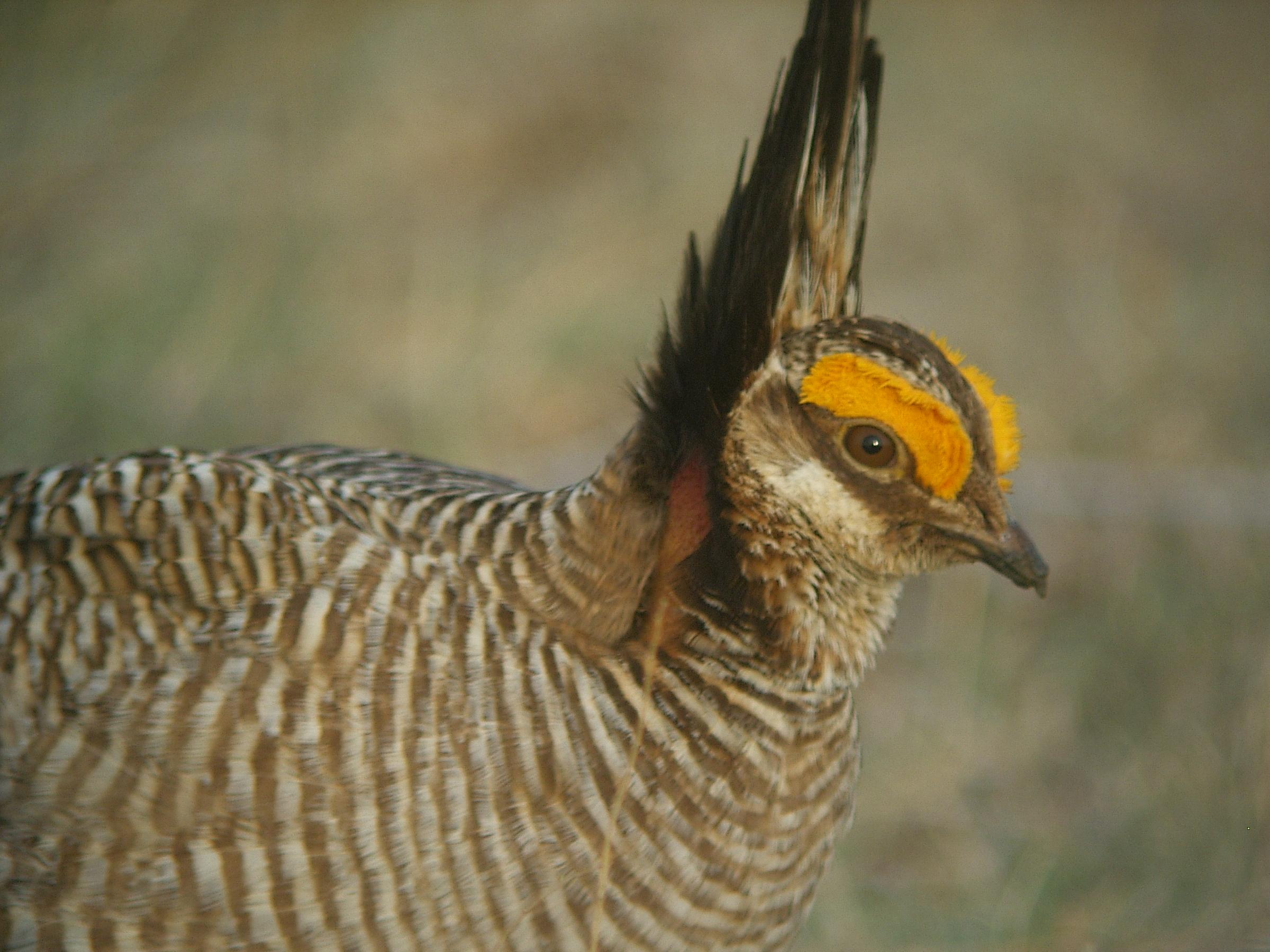 Five states submitted a plan for conserving lesser prairie chickens to the US Fish and Wildlife Service last week. It is the third draft for the plan, Lone Star Outdoor News reports. The five states are Colorado, New Mexico, Texas, Kansas and Oklahoma. The multi-state conservation plan is a bid to keep the bird of the federal endangered species list.
Five states submitted a plan for conserving lesser prairie chickens to the US Fish and Wildlife Service last week. It is the third draft for the plan, Lone Star Outdoor News reports. The five states are Colorado, New Mexico, Texas, Kansas and Oklahoma. The multi-state conservation plan is a bid to keep the bird of the federal endangered species list.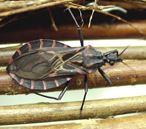 Chagas disease, spread by kissing bugs or reduviid bugs is a scourge in South America, has the potential to cause heart failure. The symptoms can be chronic and go on for years.
Chagas disease, spread by kissing bugs or reduviid bugs is a scourge in South America, has the potential to cause heart failure. The symptoms can be chronic and go on for years.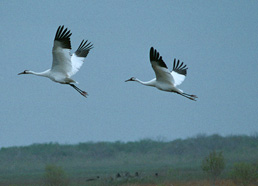
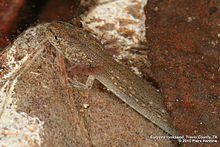 Nathan F. Bendik of the City of Austin’s Watershed Protection Department and Andrew Gluesenkamp, the state herpetologist with Texas Parks and Wildlife Department, were not surprised when the tails of an endangered salamander, Eurycea tonkawae, were thinner when measured during a drought.
Nathan F. Bendik of the City of Austin’s Watershed Protection Department and Andrew Gluesenkamp, the state herpetologist with Texas Parks and Wildlife Department, were not surprised when the tails of an endangered salamander, Eurycea tonkawae, were thinner when measured during a drought.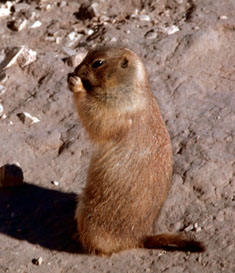 Oregon vesper sparrow and Mazama pocket gopher; mountain plover, burrowing owl and McCown’s longspur; the palila, a rapidly-declining Hawaiian honeycreeper; Karner blue butterfly, grasshopper sparrow, Henslow’s sparrow, and northern harrier; and white-tailed, Gunnison’s, Utah, and black-tailed prairie dogs are among the non-game species to benefit from this round of the
Oregon vesper sparrow and Mazama pocket gopher; mountain plover, burrowing owl and McCown’s longspur; the palila, a rapidly-declining Hawaiian honeycreeper; Karner blue butterfly, grasshopper sparrow, Henslow’s sparrow, and northern harrier; and white-tailed, Gunnison’s, Utah, and black-tailed prairie dogs are among the non-game species to benefit from this round of the